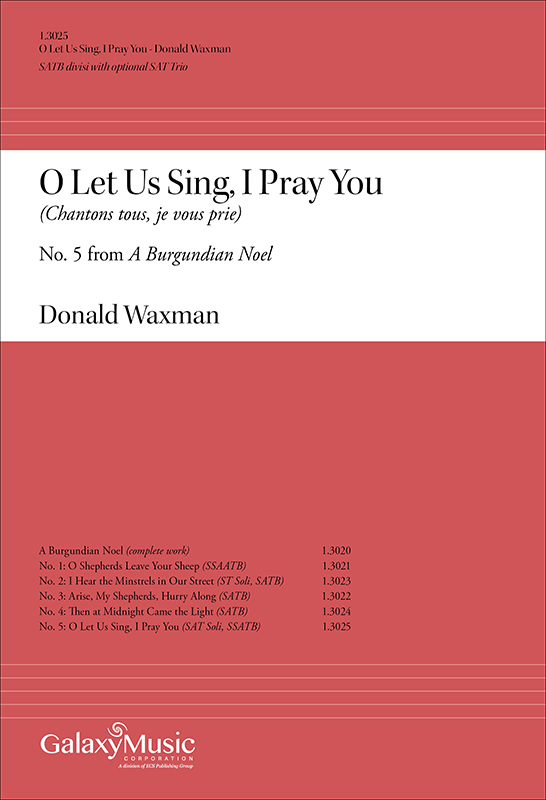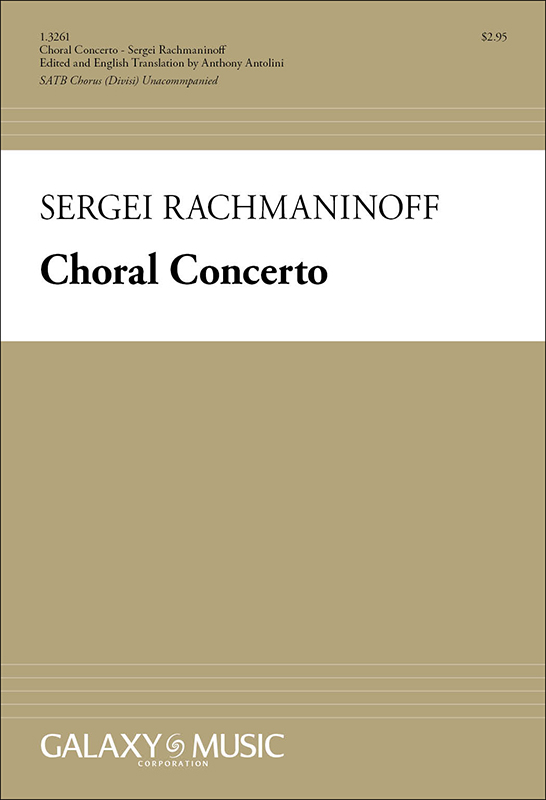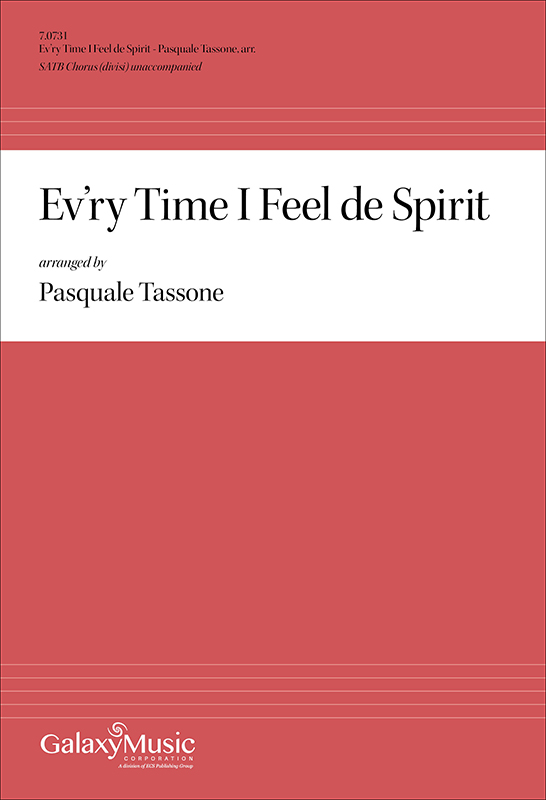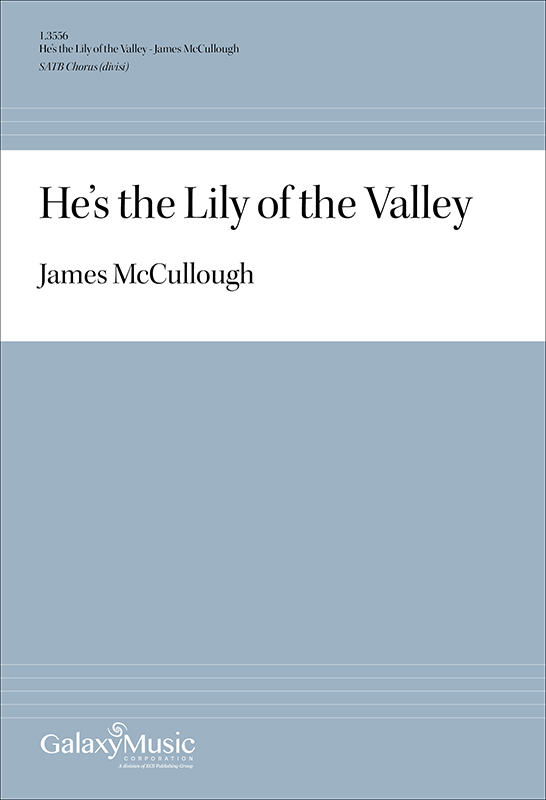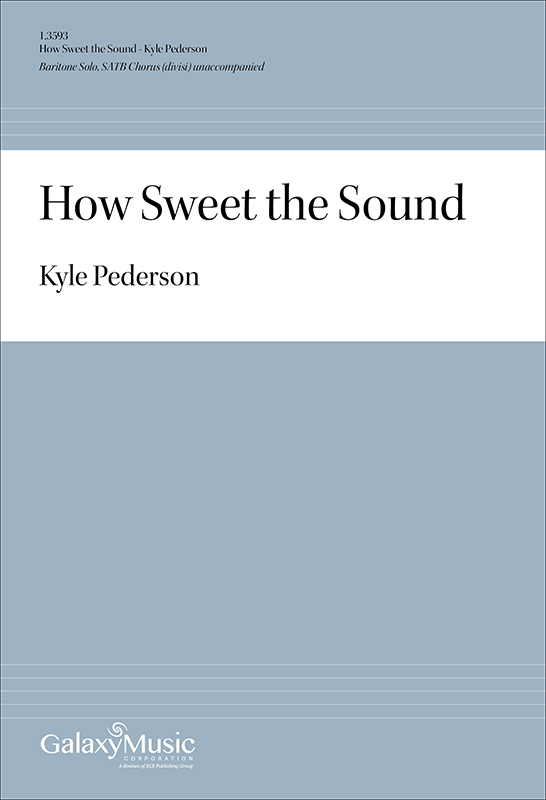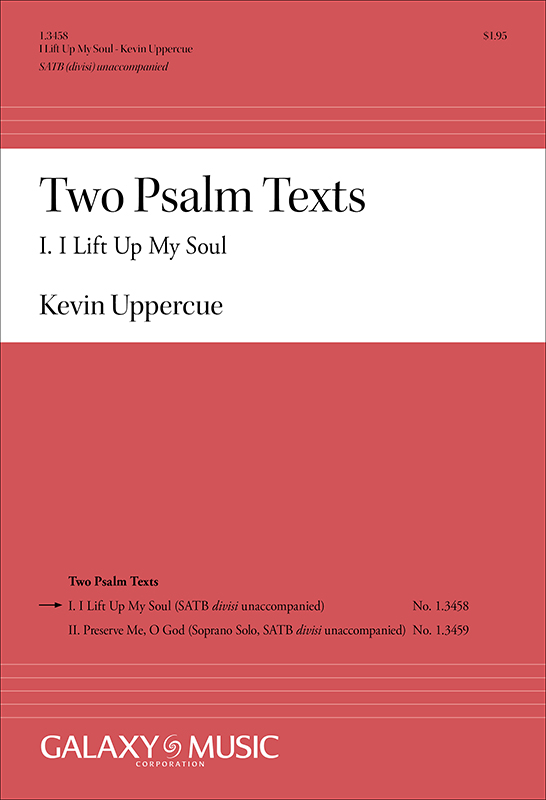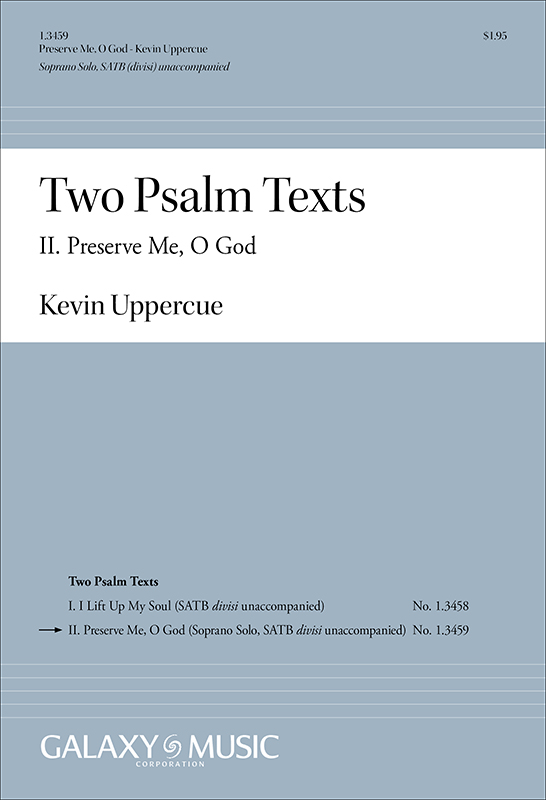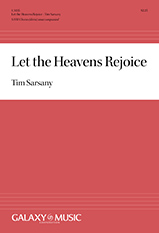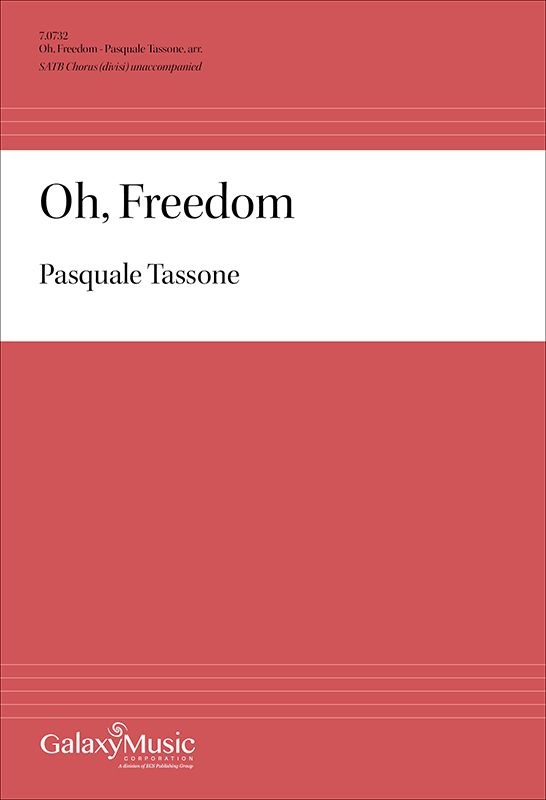In Celebration of the Human Voice - The Essential Musical Instrument
Home | Doo Wop | Barbershop | World | Contemporary | Christian | Vocal Jazz | Choral | Christmas | Instructional | Arrangements
Classical | Opera | Musicals | Personality | Young Singers | Disney | Videos | Songs | The Artists

Sheet Music Series
All | Barbershop | Choral | Choral Youth | Christian | Contemporary | Gospel | Musicals | Vocal Jazz | World | Male | Female | Christmas
Galaxy Music
Galaxy Music Corporation was founded in 1930 in New York by Marshall Kernochan, a cultivated New Yorker who had a great love of classical music. Kernochan quickly surrounded himself with experienced editors, and the company took off with choral and vocal music, moving into other genres along the way. Among its first composers were Katherine K. Davis, John Work, and Douglas Moore. As the firm expanded its catalog to take a more educational focus, there were also new agreements with overseas publishers, such as Stainer & Bell of London, which gave access to the music of composers like Vaughan Williams, Delius, and Jacob. By mid-century, Galaxy composers included Ivan Galamian, George Rochberg, Alice Parker, and Donald Waxman, as well as composer and Galaxy editor Robert Ward, who would go on to write the Pulitzer Prize-winning opera, The Crucible. John Kernochan, Marshallís son, ran the company from his fatherís death in 1955 until 1989, when he retired from his day job as a professor and authority on intellectual property at Columbia University Law School. At that time, he sold to E. C. Schirmer Music Company, an enterprise with similar scope and history, and the acquisition came under the name of ECS Publishing.
All | SATB | SATB divisi | SSA | SSAA | SSAATB | SSAATTTBB | SSATB | TB | TTBB | Unison
Individual Folios
SATB divisi
Displaying 1-13 of 13 items.
This arrangement of one of the most beloved spirituals begins with some Jazz-style scat singing in all the voices before the altos and sopranos begin the first refrain. The style shifts to driving, straight eighth notes to bring the arrangement to an exciting conclusion. Duration 4:17
Composer: Pasquale Tassone
Unlike some published versions of this African American spiritual, McCullough's rendering is "not slow, but not too fast," in the words of the composer. Transcribed from his father's singing of this tune, this version is "always flowing, with joyous conviction and thanksgiving." The divisi designation is not to be taken lightly; in one place the women divide into five parts and sing alone, in another the men similarly divide into four parts. The result is joyous and emphatic. Duration: 2:40
Composer: James McCullough
This work has the ethos of a spiritual, with the text inspired by "Amazing Grace" but not specifically using that text in sequence except for the title riff which reoccurs throughout the piece. It invites the singer and audience to consider the power of grace. The choir affirms that no trouble, no shame, no valley is too deep for the healing gift and power of soul-freeing grace. The music has a driving quality, with the choir occasionally backing up the soloist with humming, quick commentary, or a sustained neutral syllable. Unusual and energetic.
Composer: Kyle Pederson
This work has the ethos of a spiritual, with the text inspired by "Amazing Grace" but not specifically using that text in sequence except for the title riff which reoccurs throughout the piece. It invites the singer and audience to consider the power of grace. The choir affirms that no trouble, no shame, no valley is too deep for the healing gift and power of soul-freeing grace. The music has a driving quality, with a piano part that is marked "A little Blues, a little Rock," which rhythmically punctuates the piece. Unusual and energetic.
Composer: Kyle Pederson
These settings present disparate manners in which to utter these two terse, yet potent psalm texts: from the sorrowful to the exuberant, the primitive to the elegant. The music reflects these wide-ranging interpretations with interchanges of contrapuntal and homophonic textures, ostinato and scalar passages, a broad harmonic palette, and the utilization of the full tessitura of the chorus. Duration: 2:30
Composer: Kevin Uppercue
These settings present disparate manners in which to utter these two terse, yet potent psalm texts: from the sorrowful to the exuberant, the primitive to the elegant. The music reflects these wide-ranging interpretations with interchanges of contrapuntal and homophonic textures, ostinato and scalar passages, a broad harmonic palette, and the utilization of the full tessitura of the chorus. Duration: 2:15
Composer: Kevin Uppercue
An interesting spiritual in that it was written after the Civil War and therefore after the slaves had been freed. However, as the struggles of African-Americans continued, it has become a prominent song in the march for equality, even into the 21st century. A relaxed, dignified setting with expressive phrases and some chromaticism which adds to its emotive quality. Duration 3:15
Composer: Pasquale Tassone
A deeply moving lament that aims to capture the feelings of the dire circumstances faced by African American slaves. This arrangement has a slow, jazz feel but is reverent and dignified. The texture is wonderfully varied through the use of homophony, ostinati, and imitation.
Composer: Pasquale Tassone
A big, fun festival piece. The children's choir part is prominent and often sings with or against the adults, so it's essential. The SATB writing varies from full chords to quick imitative passages to a quiet chorale-like section. The accompaniment is flashy and could be effectively done on either piano or organ. In fact, a full orchestra accompaniment is available, with winds in pairs, two percussionists, harp, and strings. Duration: 4:00
Composer: Michael John Trotta
Vidi aquam is a setting of a Sprinkling Rite for Eastertide composed for SATB chorus (divisi) unaccompanied. This work is written in a style that results in music that is ever-changing; flowing in one harmonic direction but never reaching the desired destination. In it, I make use of the original antiphon in small fragments and, near the end, the Doxology is sung by both men's and women's voices. Unique harmonic structure is core to my effort to bring these timeless chants to life in this composition. One should listen to and "channel" Gregorian Chant when preparing this piece with the intent of evoking a style of singing that echoes its qualities. -Connor Koppin. Duration: 4:40
Composer: Connor Koppin
![]() Vocal Harmony Arrangements - Home
Vocal Harmony Arrangements - Home
Christian | Gospel | Standards | Musicals | Specialty | World | Barbershop | Contemporary | Vocal Jazz | Choral | Christmas
Mixed Voices | Female | Male | 8 Parts | 6 Parts | 5 Parts | 3 Parts | 2 Parts | Medleys | Solo | Folio Series | New Releases
Select a Category |
Want to Sing? - Find a Chorus Near You
List of Choruses by State | List of Choruses by City

